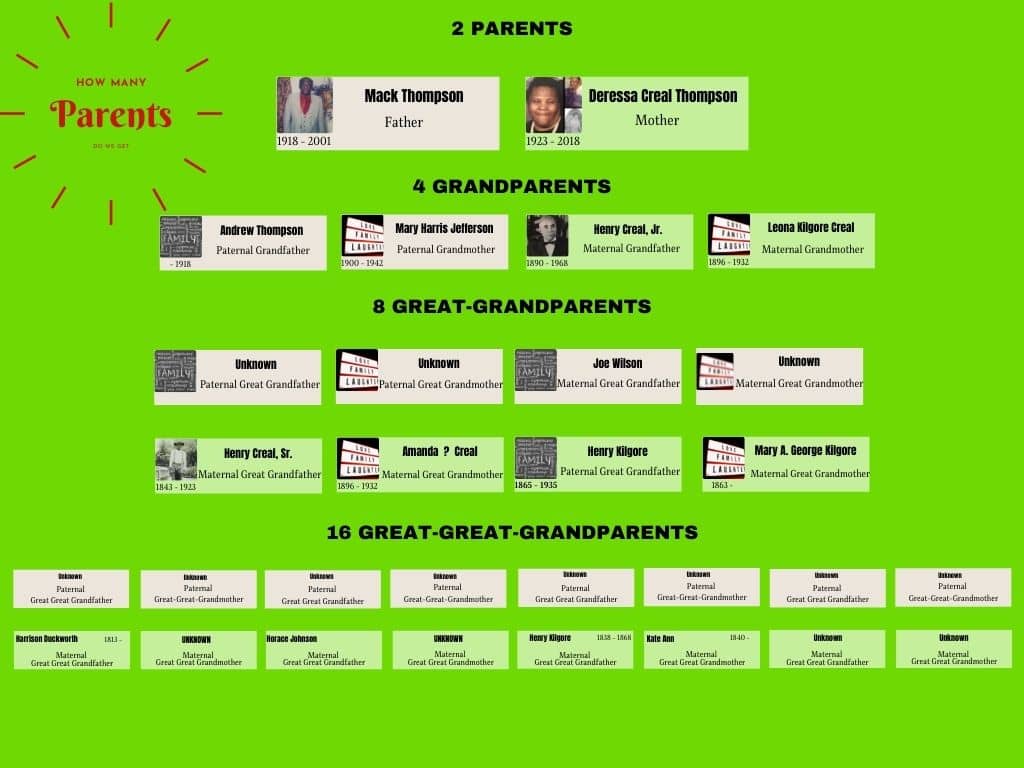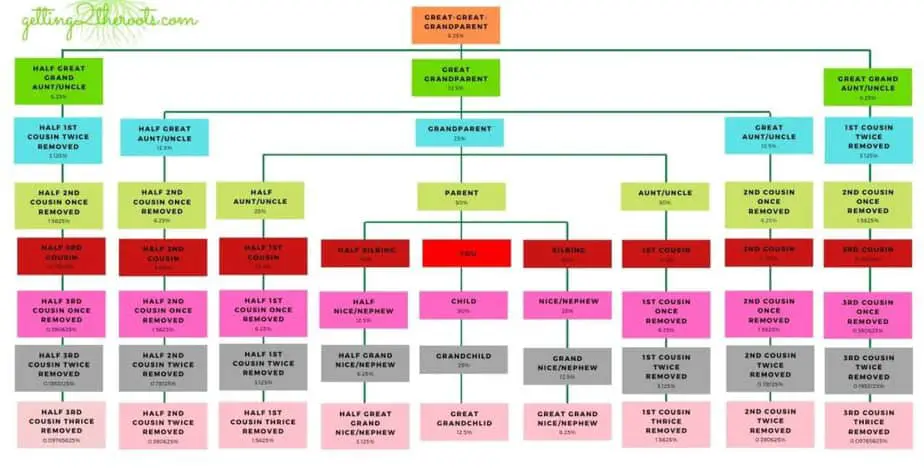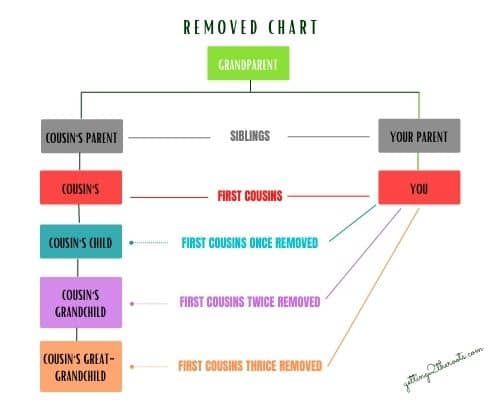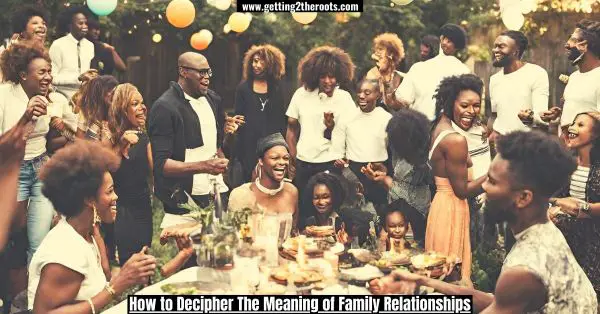Navigating the intricate web of kinship, the “meaning of family relationships” extends far beyond shared surnames and genetic ties.
This cornerstone of our social foundation shapes identities, forges alliances, and crafts the narrative of our lineage.
- In this exploration, we delve into the depths of familial connections.
- Uncovering how each relationship.
- From the immediate bonds of parenthood.
- To the distant ties of third cousins.
- Carries its own unique significance and impacts our lives.
Understanding the meaning of family relationships can be a complex journey, but it offers valuable insights into our heritage.
It’s not just about figuring out who will be around the holiday table—it’s about recognizing the threads that weave through generations, shaping who we are and who we might become.
- Whether you’re piecing together a family tree.
- Seeking to strengthen bonds.
- Or simply satisfying curiosity.
- The revelations found within the tapestry of your family’s past.
- Can illuminate the present and inspire the future.
Join us as we unravel the meanings behind these family ties, providing clarity on how you’re connected within the vast network that is your family.
With each term defined and each connection clarified, you’ll gain a richer appreciation for the intricate pattern of relationships that define every family story, including your own. Let’s Dive In!
✨ Check Out My Go-To Tools And Resources:
Visit my new Resources Page to see the tools, resources, and companies I use and recommend for my website and YouTube channel. Curated for efficiency and creativity.
👉 Explore: [Tools And Resources]
Exploring Connections: The Meaning of Family Relationships
Meaning of Family Relationships: Parents and the Foundations of Family Ties
Our journey through the meaning of family relationships begins with our parents. They not only give us life but also bridge the connection to our siblings and grandparents.
Remarkably, with every generation, this link expands, introducing us to more relatives in the family tapestry.
Curious about how this genetic legacy is passed on? Discover the fascinating intricacies in my post, “Sibling DNA: From Shared Origins To Unique Destinies,” which unravels how we inherit DNA from our parents.
Meaning of Family Relationships: The Grandparent Multiplication
Consider this: your maternal and paternal lines each contribute two grandparents, summing up to four guiding stars in your family constellation.
This exponential growth of ‘parent figures’ in each generation sparks a thought-provoking question: Just how many ‘parents’ can one claim in their family tree?
Envisioning your family structure can be akin to mapping an ancient lineage. Each layer, from parents to great-grandparents, forms a network of life that branches out to you.
Decoding the Parental Chart

The Bonds of Siblings and Half-Siblings
Siblings, sharing the heritage of both your mother and father, stand with you as full partners in your family history.
Meanwhile, half-siblings, aligning with you through either your mother or father, weave their unique strand into the family narrative.
The Aunts and Uncles: Branches of the Tree
Aunts and uncles, and your parents’ siblings, add another layer to the meaning of family relationships.
If your parents and their siblings have different mothers or fathers, you step into the realm of half-relatives, each with their own story and connection to you.
Immediate Family: The Closest Ties For Meaning of Family Relationships
- The definition of “immediate family” can be as unique as each family itself.
- Typically, it encompasses your parents, grandparents, siblings, nephews, nieces, and in-laws.
- Yet, this circle can expand or contract based on individual perspectives and cultural interpretations.
The Extended Family: A Wider Circle
- Beyond the immediate circle lies the extended family.
- This broader ensemble includes not only your closest kin but also aunts, uncles, cousins, and in-laws
- It’s a testament to the far-reaching roots and branches of your family tree.
The Phenomenon of Being Double-Related
In a twist of fate, if two sisters marry two brothers, their offspring are labeled ‘double related,’ sharing not only a set of grandparents but also an intricate blend of familial and genetic bonds.
Indeed, the meaning of family relationships is a complex web that continues to intrigue and connect us in myriad ways.
Exploring the Meaning of Family Relationships: Cousins Unraveled
Understanding the Cousin Connection
- Puzzling over how you’re related to your cousins?
- Or maybe you’re trying to figure out the layers of cousin relationships.
- Like what distinguishes a first cousin from a third, or a second cousin once removed.
- You’re not alone; many of us have mistakenly navigated these familial waters.
Demystifying Cousin Terminology
It’s time to set the record straight—your first cousin’s children aren’t your second cousins. The key lies in the generations: your shared ancestry defines your specific cousin’s relationship.
Cousin Relationships and Generational Bonds
To fully grasp the meaning of family relationships among cousins, we’ll look at each term:

Meaning of Family Relationships: Meaning of ‘Cousin’
A cousin, simply put, is the offspring of your aunt or uncle. The number of generations since your shared ancestors determines whether you are a first, second, or third cousin.
Dive into the nuances of ‘cousin once removed’ in our detailed guide, “Cousin, First Cousin, Cousin Once Removed | Simple Meanings.” Click to unravel your ancestry today!
First Cousins: The First Tier
First cousins are in the same generational line, just one step away from the grandparents you share. They are your parents’ siblings’ children, your partners in the grand family narrative.
Second Cousins: Branching Out Further Meaning of Family Relationships
Second cousins come into the picture through your great-aunts and great-uncles. These are the siblings of your great-grandparents, putting second cousins two generational leaps from the family root—your shared great-grandparents.
The Generational Map: A Guide to Ancestry

Third and Fourth Cousins: Distant Echoes
A third cousin shares a great-great-grandparent with you, while a fourth cousin goes one generation further back.
These connections paint a picture of a family expanding through time, with each generation adding a new layer to your family’s history.
Half Cousins: A Twist in the Family Fabric
The ‘half’ in half cousin refers to sharing one parent between two children, like when your mother and her sister have the same father but different mothers. It’s a nuance that adds richness to the meaning of family relationships.
Deciphering the Complex Ties: What Does ‘Once Removed’ Mean?

First Cousin Once Removed Explained
What does it mean to be a first cousin once removed? This term might sound like a family member who’s drifted away, but in the world of genealogy, it’s quite specific.
A first cousin once removed is one generation different from you—either above or below. Let’s break it down:
- Your first cousins share grandparents with you.
- The children of your first cousins are one additional step in the generational ladder, hence the ‘once removed.’
Whether the cousin is from a prior generation or the next, ‘removed’ speaks to this difference in generational distance from a common ancestor.
Second Cousin Twice Removed Unpacked
Similarly, a second cousin twice removed could be the second cousin of your grandparents or your second cousin’s grandchild.
The ‘twice removed’ indicates a two-generation gap between you and this relative. Here’s how it stacks up:
- Your second cousins share great-grandparents with you.
- The grandchildren of your second cousins are ‘twice removed’ because they are two generations apart from you.
Third Cousin Once Removed, Decoded
When it comes to a third cousin once removed, we’re looking at:
- Your third cousins, with whom you share great-great-grandparents
- Their grandchildren, who are one generation, ‘removed’ from the third cousins themselves.
Sibling And Half-Sibling
Siblings are the children of both your parents, your mother and your father.
Half-siblings are the children of only one of your parents, your mother, or your father.
Aunt/Uncle and Half-Aunt/Uncle
An aunt or uncle is the sibling of your parents, and they are your grandparents’ children.
A half-uncle shares only a mother or father, not both. In other words, your parents and your aunt or uncle have a different mother or father.
Consanguinity and Its Genealogical Significance
Delving into family genealogy often uncovers the intricate ‘meaning of family relationships’ and how they shape our genetic heritage.
Consanguinity is a term that comes to the fore when close relatives have children together. It leads to a unique overlap in the genetic makeup of the descendants, creating a more condensed family tree.
Meaning of Family Relationships: The Dynamics of Shared Ancestry
When we look into consanguinity, we find that it amplifies the genetic component that family members share.
This overlap can make tracing one’s ancestry challenging, as the same sets of genes appear repeatedly.
It’s a phenomenon that not only narrows down genetic diversity but also the genealogical pathways we may wish to explore.
Pedigree Collapse and Its Effects
Consanguinity brings pedigree collapse into the conversation. It refers to the point where a family tree does not expand as expected.
The same ancestors populate several branches, leading to fewer unique forebears. Recognizing this pattern is crucial for a true understanding of one’s family history.
Beyond Genetics: Historical and Cultural Implications
The ‘meaning of family relationships’ gains depth when we consider the historical and cultural reasons behind consanguinity.
Certain times and places saw this practice commonly due to various factors, ranging from isolation to the desire to maintain status.
Acknowledging this helps us contextualize our ancestors’ choices and the resulting genealogical landscape.
By weaving through the past with an understanding of consanguinity, we enrich our grasp of the complex tapestry that forms our family’s story.
Each discovery, each connection, tells us more about where we come from and, indirectly, about who we are.
Conclusion: Meaning of Family Relationships The Generational Journey
To sum up, cousins are not just a reflection of our shared DNA but markers of our place in the family saga.
From first to third cousins, each term encodes a relationship defined by shared ancestry and the passage of time.
Knowing these relationships helps us understand not just where we come from but also how we relate to the extended family network.
Do you have ties with distant cousins? They’re not just names in the family tree—they’re part of your unique heritage.
Frequently Asked Questions (FAQs)
- What defines a ‘first cousin once removed’? A first cousin once removed is either your first cousin’s child or your parent’s first cousin, depending on the direction of the generational gap.
- Can you explain ‘second cousin twice removed’? Absolutely. If you have second cousins, their grandchildren are your second cousins twice removed, indicating a two-generation difference.
- How do you determine a ‘third cousin once removed’? This term applies to the relationship between you and the grandchildren of your third cousins, highlighting a single-generation difference.
- Are ‘removed’ cousins still considered immediate family? ‘Removed’ cousins are typically considered extended family since the term ‘immediate family’ generally includes only parents, siblings, and children.
- Is it common to know second or third cousins? It varies widely among families and cultures. Some people grow up closely connected to their extended family, while others may not know their distant cousins well.








